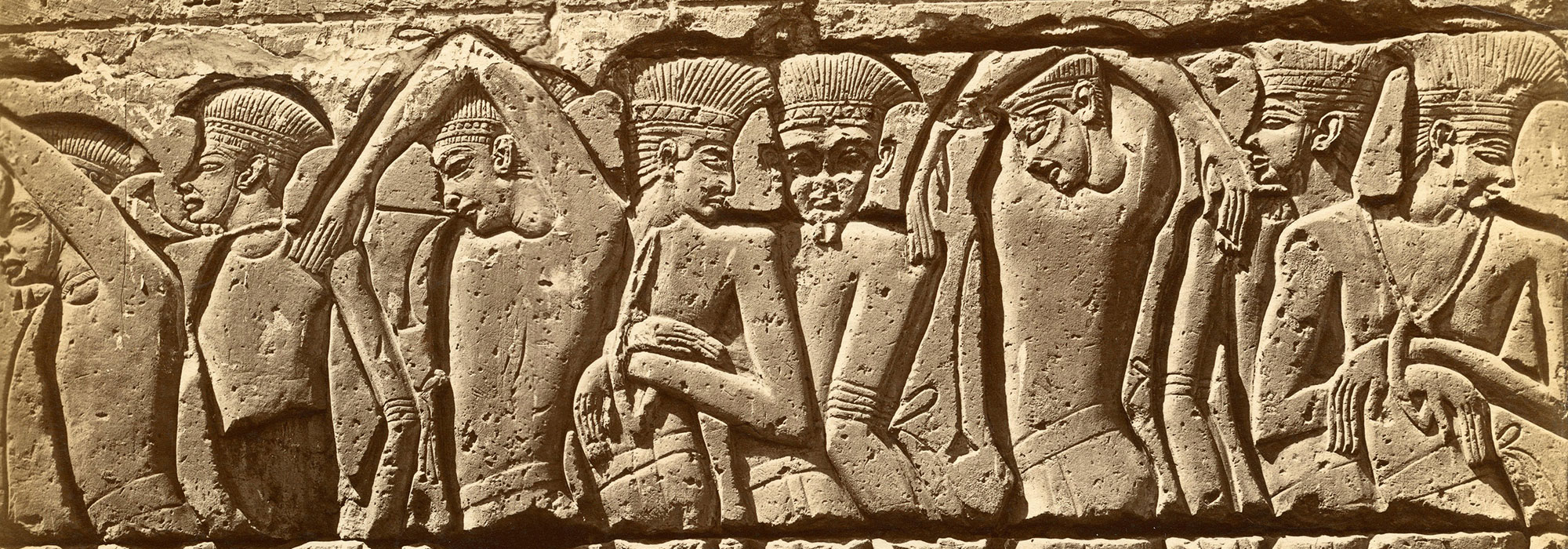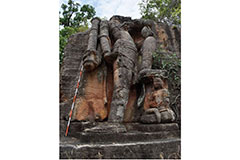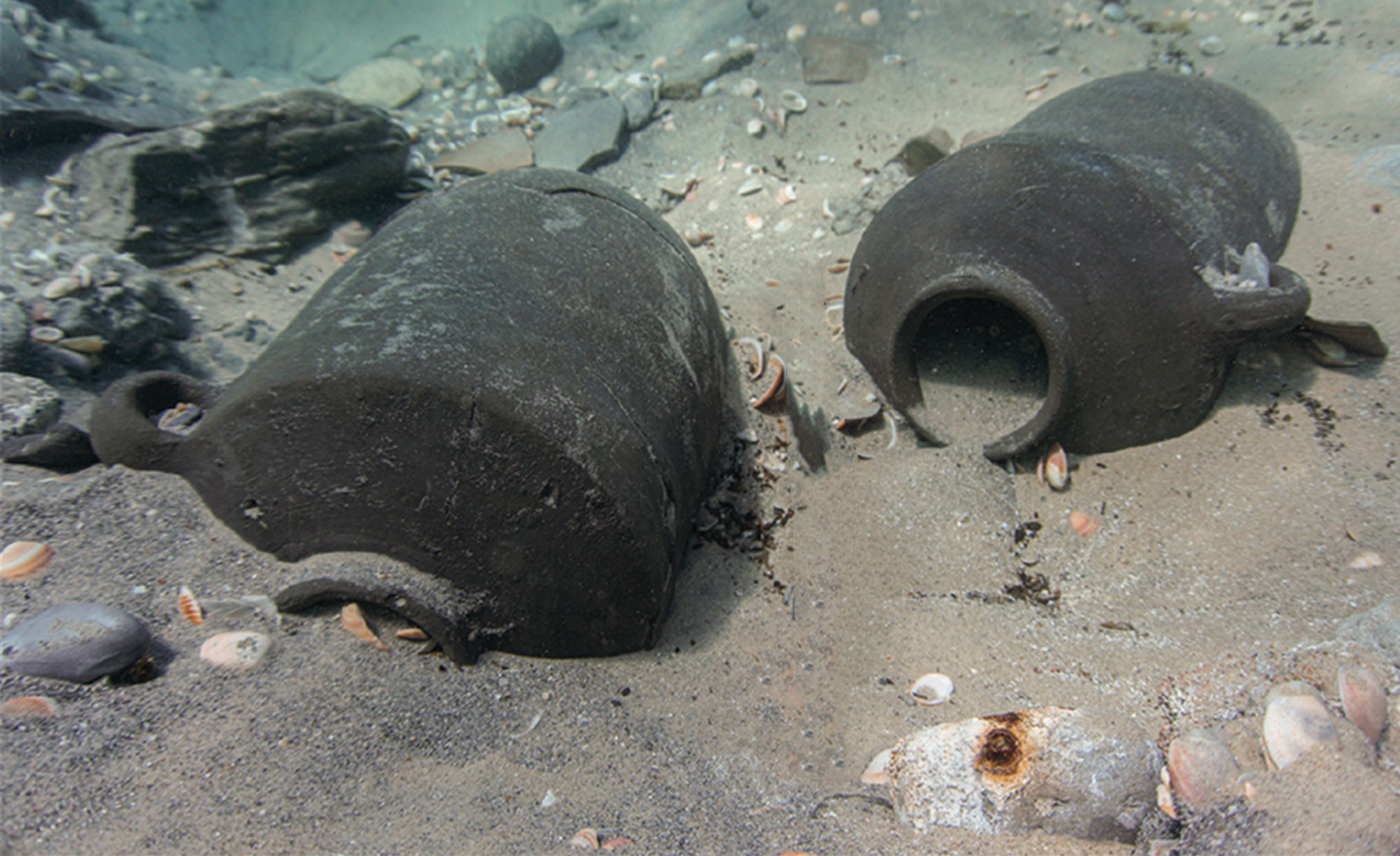Features From the Issue
-
Features
Journeys of the Pyramid Builders
The story of the highly skilled workers who helped build Egypt’s Great Pyramid is emerging from a papyrus cache unearthed at the world’s oldest harbor
 (Kenneth Garrett)
(Kenneth Garrett) -
Features
The Philistine Age
Archaeologists are reconsidering the origins and history of a much-maligned ancient people
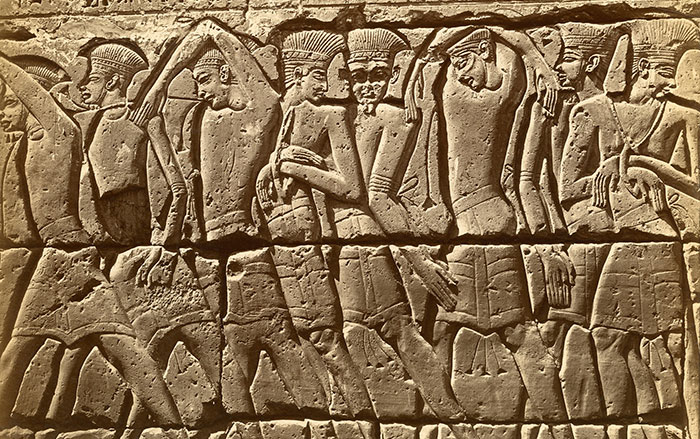 (Glasshouse Images/Alamy Stock Photo)
(Glasshouse Images/Alamy Stock Photo) -
Features
City Politics
In sixteenth-century Mexico, the democratic city-state of Tlaxcallan thrived in the face of Aztec imperialism
-
Features
Beauty Under Bruges
Vibrant paintings discovered in forgotten crypts reflect the rise of Belgium’s first great medieval city
-
Features
A Ticket to the World's Fair
Excavating the hidden traces of Chicago’s 1893 World’s Columbian Exposition

Letter from Georgia
Letter from Georgia
Soaring With Stone Eagles
A complex of Native American rock mounds bears witness to the endurance of ancient traditions
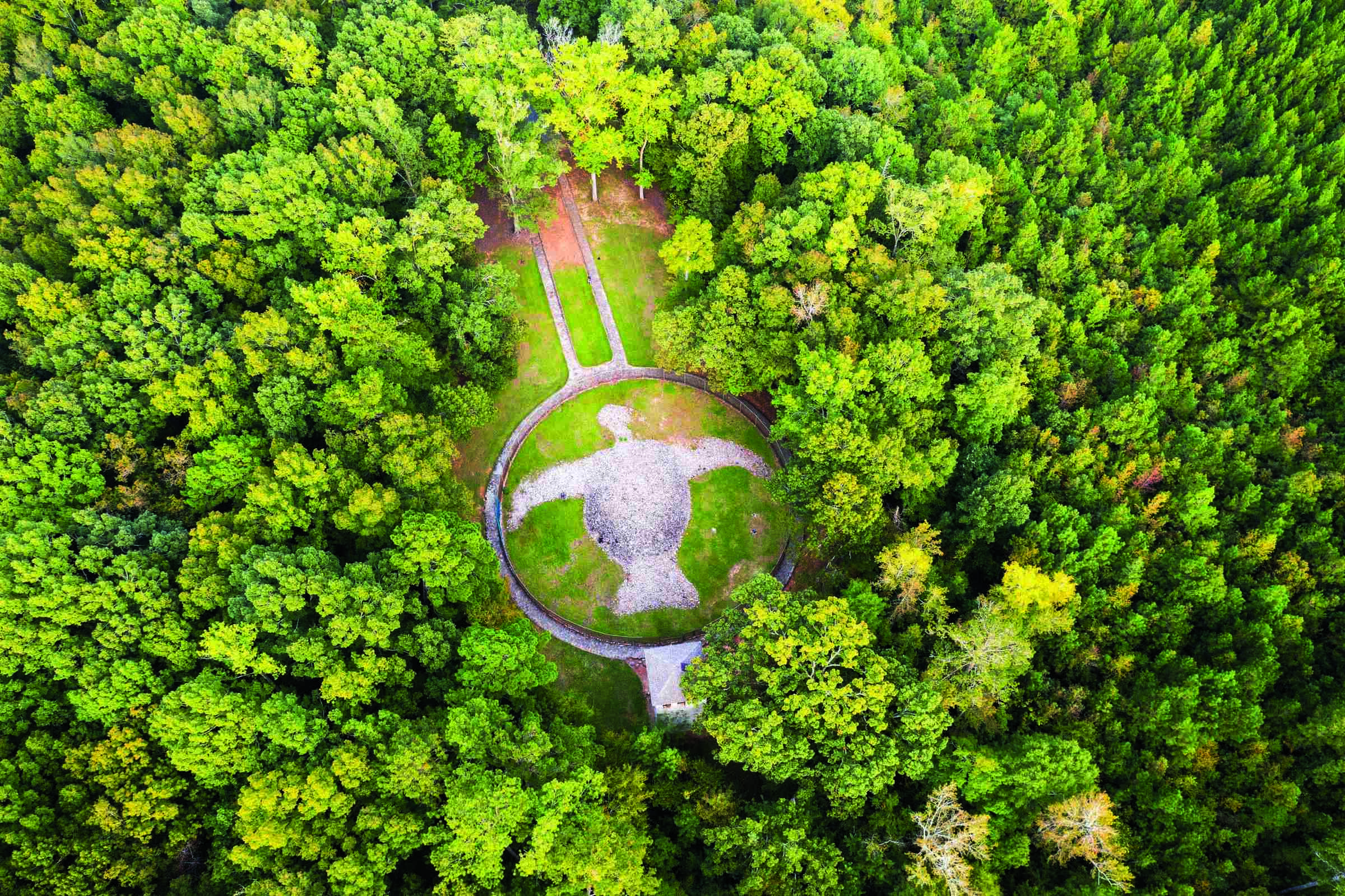
Artifact
Artifacts
Nordic Ring Fragments
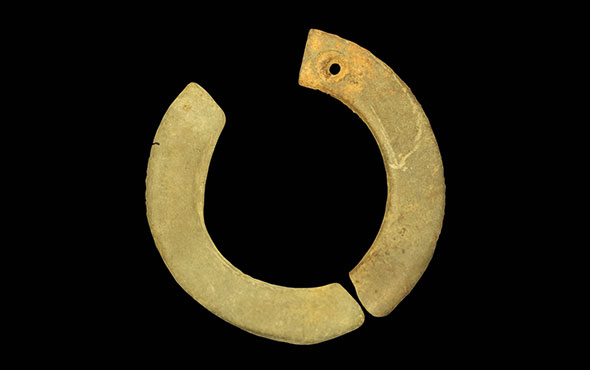
Digs & Discoveries
-
Digs & Discoveries
Save the Dates
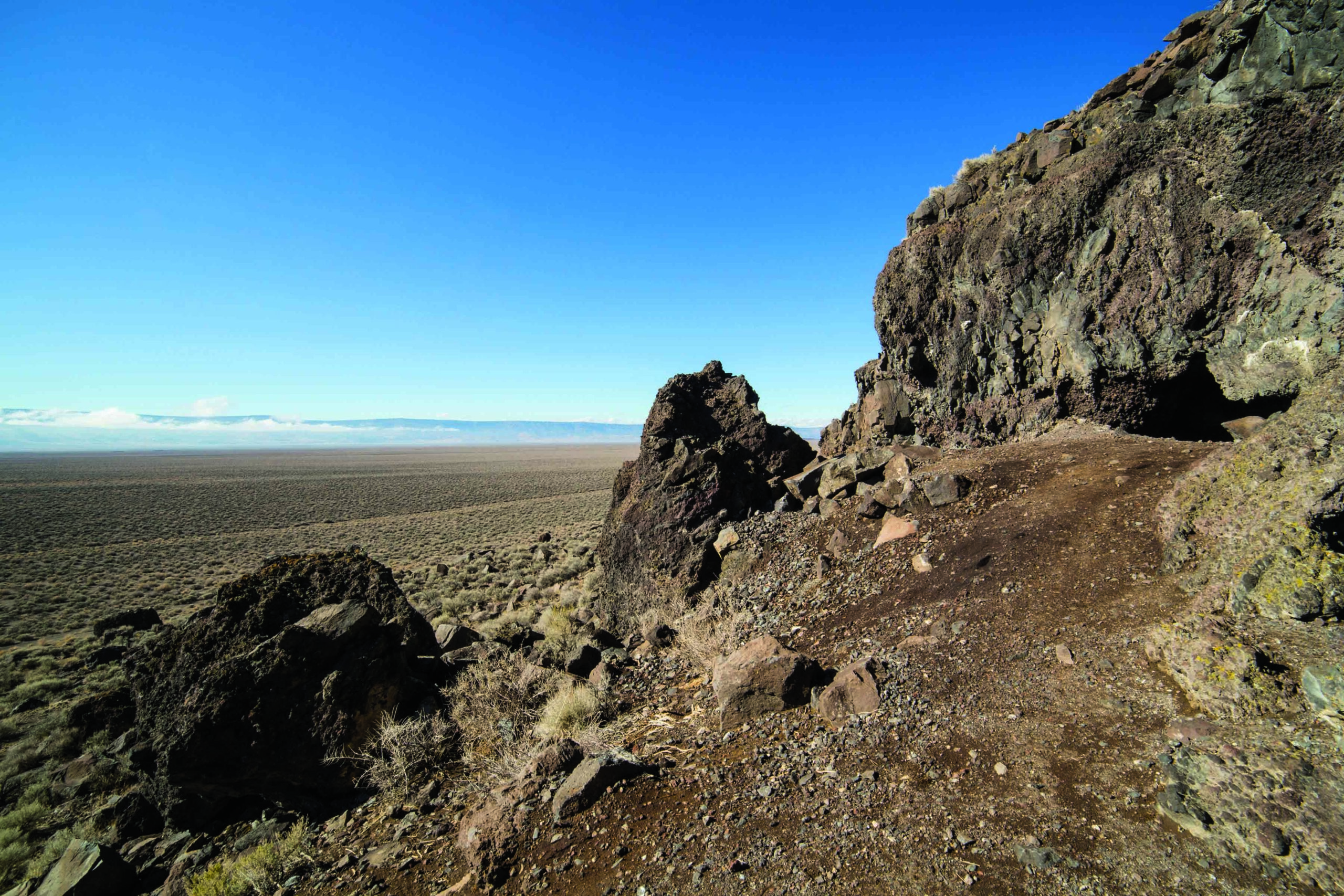 (Bridgeman Images)
(Bridgeman Images) -
Digs & Discoveries
Spice Hunters
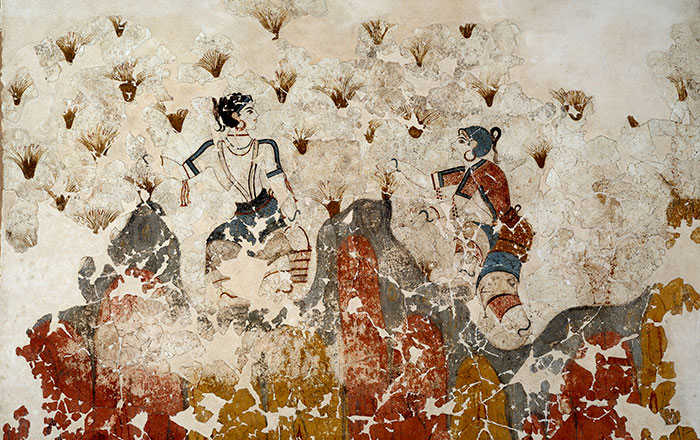 (Bridgeman Images)
(Bridgeman Images) -
Digs & Discoveries
Suspicious Silver
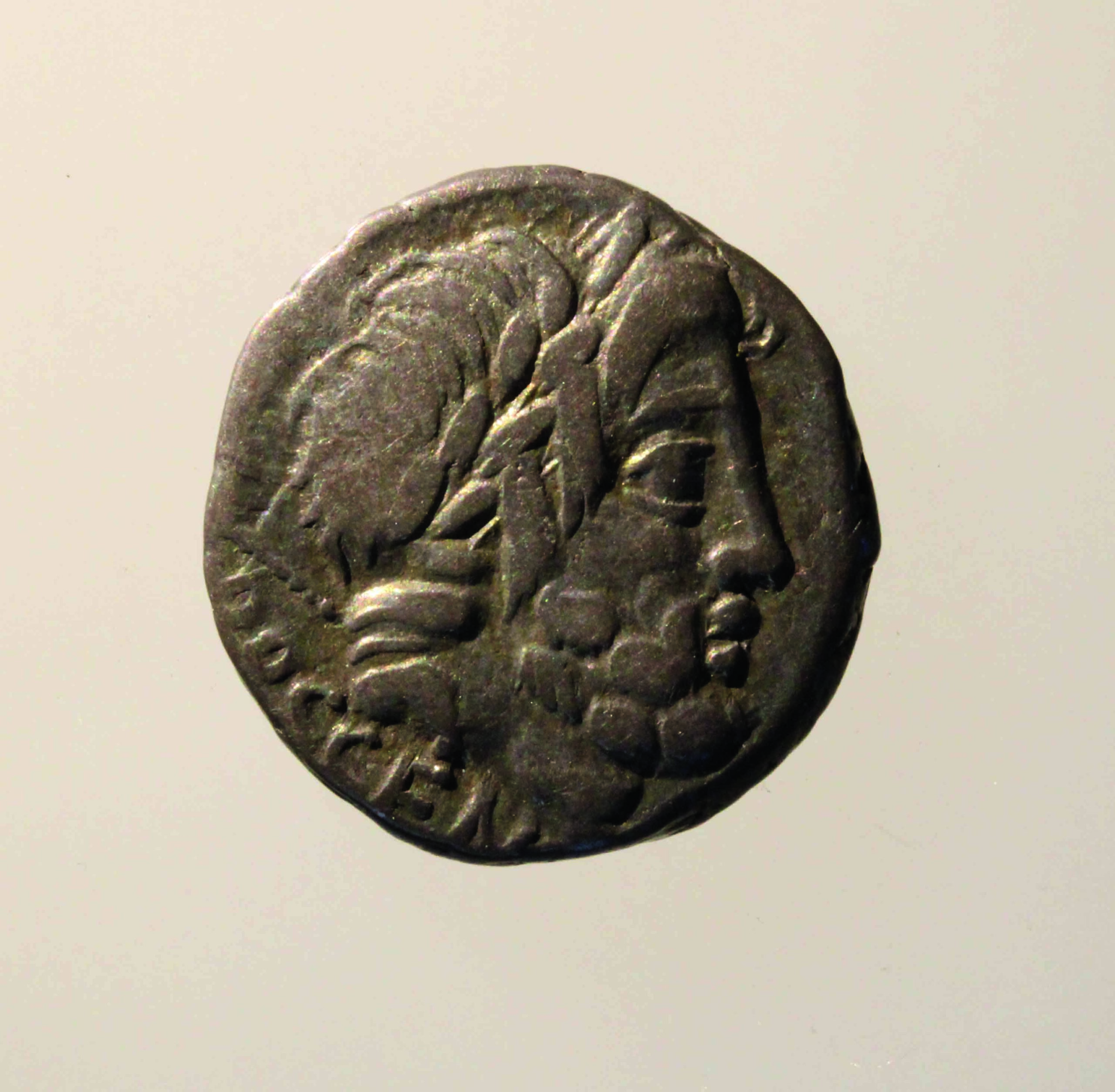 (ERC RACOM Project)
(ERC RACOM Project) -
Digs & Discoveries
A Civil War Bomb
 (Cobb County Police)
(Cobb County Police) -
Digs & Discoveries
The Great Maize Migration
 (Keith M. Prufer)
(Keith M. Prufer) -
Digs & Discoveries
Mummy Makers
 (Petr Košárek, © Archives of the Czech Institute of Egyptology)
(Petr Košárek, © Archives of the Czech Institute of Egyptology) -
Digs & Discoveries
Dignity of the Dead
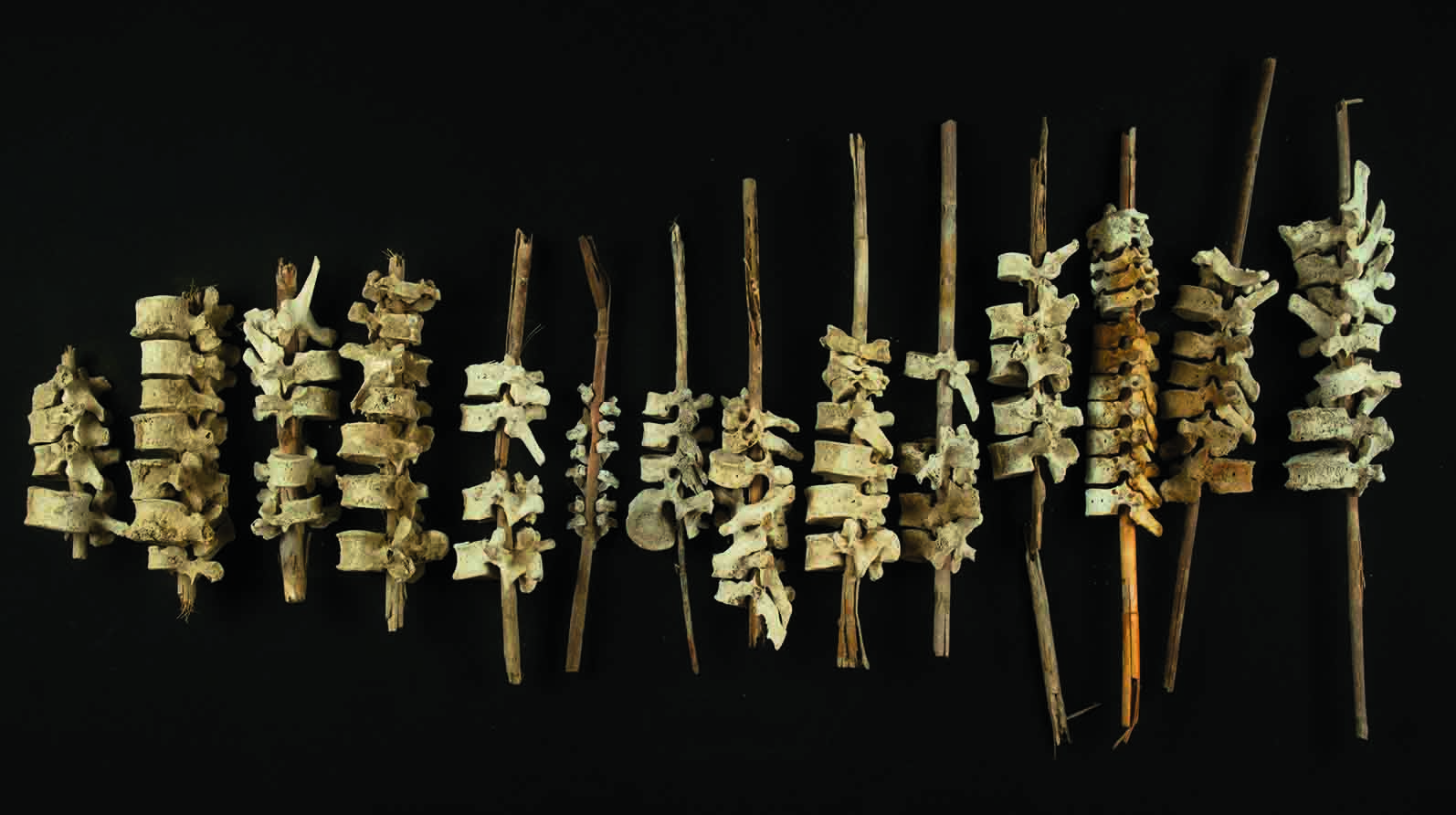 (Jacob L. Bongers; Photo: C. O’Shea)
(Jacob L. Bongers; Photo: C. O’Shea) -
Digs & Discoveries
Sailing in Sumer
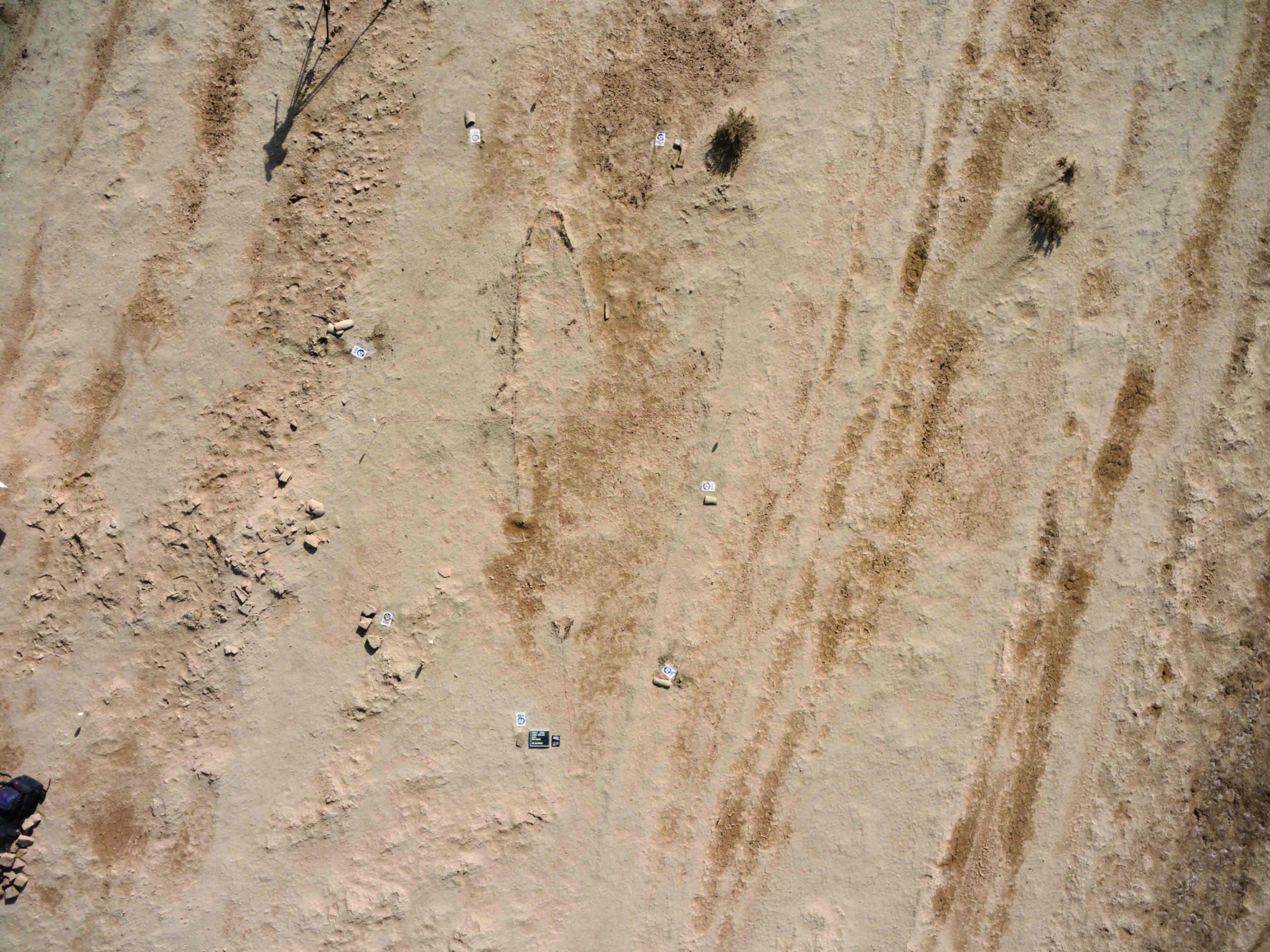 (German Archaeological Institute/Mayssoun Issa)
(German Archaeological Institute/Mayssoun Issa) -
Digs & Discoveries
Speak, Memories
 (Courtesy Carolyn Boyd)
(Courtesy Carolyn Boyd) -
Digs & Discoveries
The Maya Count Begins
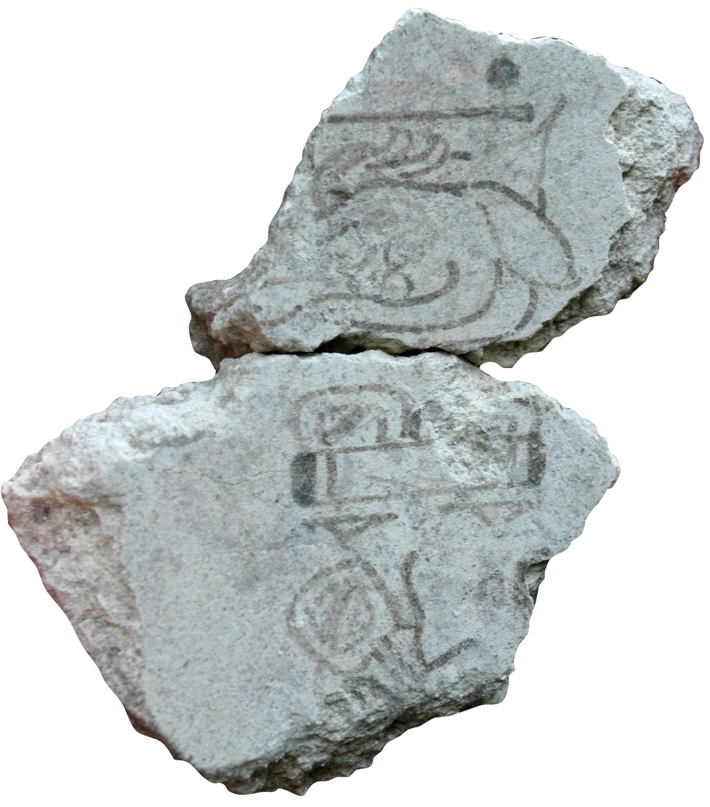 (San Bartolo-Xultun Regional Archaeological Project)
(San Bartolo-Xultun Regional Archaeological Project) -
Digs & Discoveries
Hail to the Chief
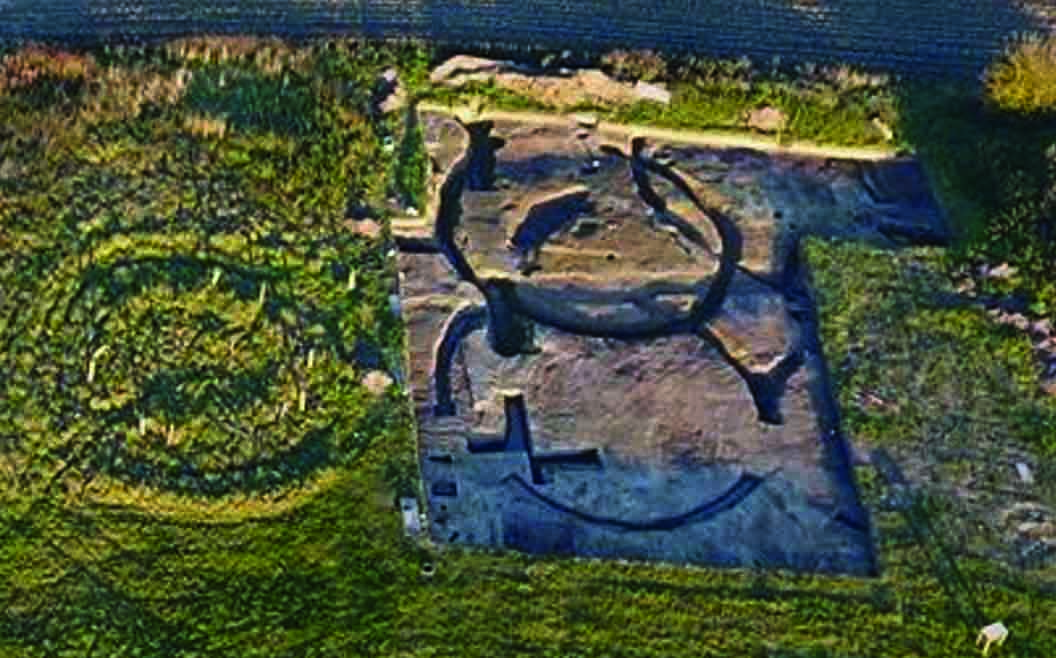 (Poulton Research Project)
(Poulton Research Project) -
Digs & Discoveries
Made in China
 (Courtesy Li Ming, Shaanxi Academy of Archaeology)
(Courtesy Li Ming, Shaanxi Academy of Archaeology) -
Digs & Discoveries
More Images From Digs & Discoveries
Off the Grid
Off the Grid July/August 2022
Jarlshof, Shetland, Scotland

Around the World
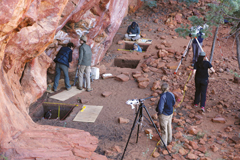
AUSTRALIA

AUSTRALIA: Golden wattle, a type of acacia tree, is an important symbol of modern Australia and serves as its national flower. However, its roots run much deeper among the continent’s original inhabitants. Charcoal remains from Karnatukul cave shelter in the Carnarvon Range show that the hardy tree was an important resource for the Aboriginal Martu people, especially as a source of fuel. The 50,000-year-old cave site is the oldest known inhabited site in the Western Desert and contains the area’s earliest known use of firewood.
Related Content
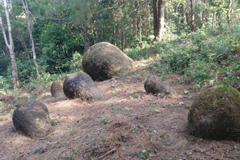
INDIA

INDIA: Researchers conducting an archaeological survey in the state of Assam chanced upon 65 giant stone jars spread across 4 sites. The mysterious sandstone vessels vary in shape and size, with some reaching a height of 10 feet. The jars are similar to examples previously found in Laos and Indonesia, but researchers are unsure who carved them, much less when or why they were made. Although the vessels were found to be empty, they may have been used for burials as long ago as 400 B.C.
Related Content

ISRAEL

ISRAEL: Small spherical ceramic vessels, which were ubiquitous in the medieval Middle East, were used to hold a variety of liquids, including beer, wine, oil, and perfume. Occasionally, they could also be used as weapons. Residue analysis of an 11th- or 12th-century vessel from Jerusalem’s Armenian Garden indicates that it may have contained an explosive substance. It’s possible this small jar was converted into a type of hand grenade to be hurled at the nearby Crusader castle.


